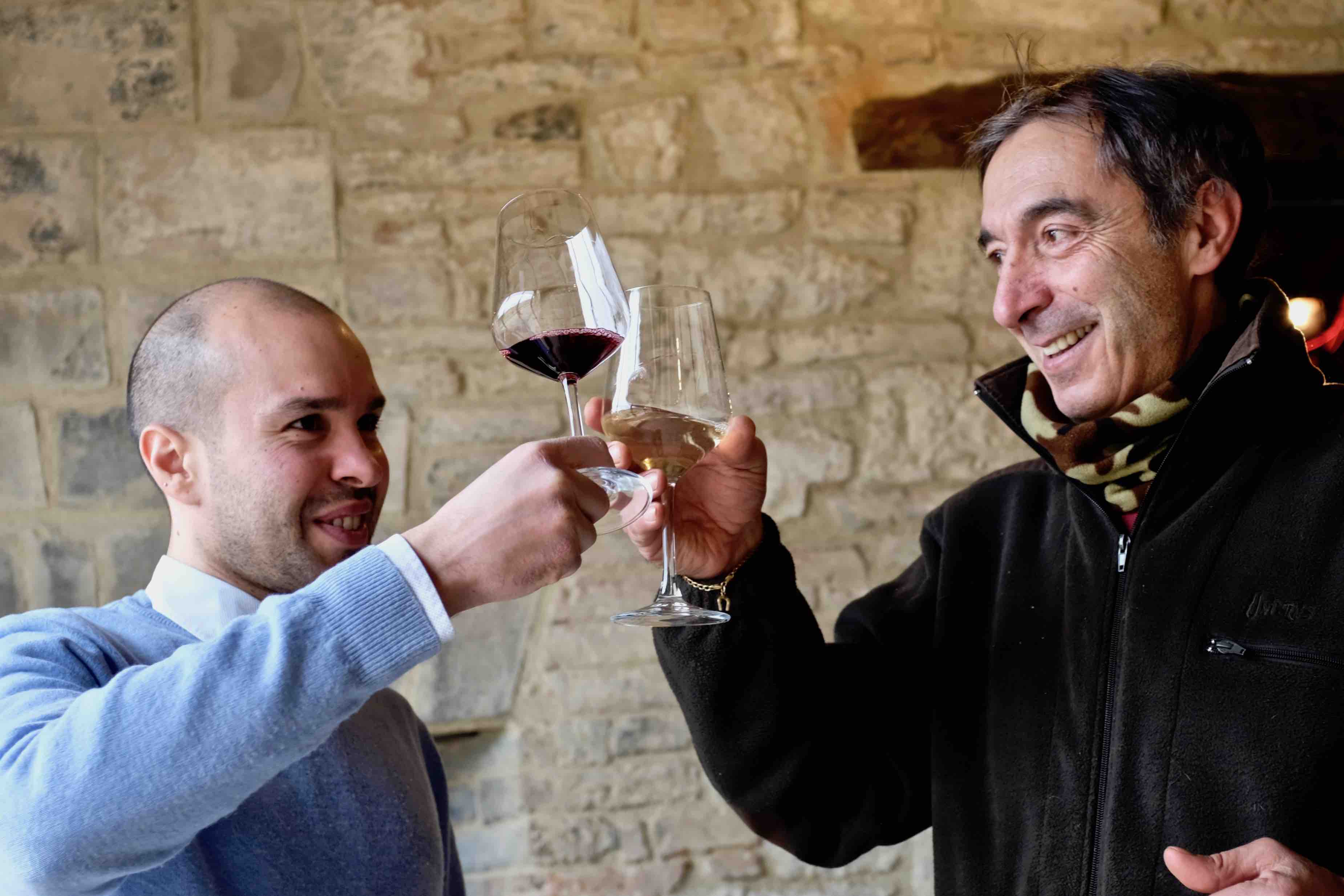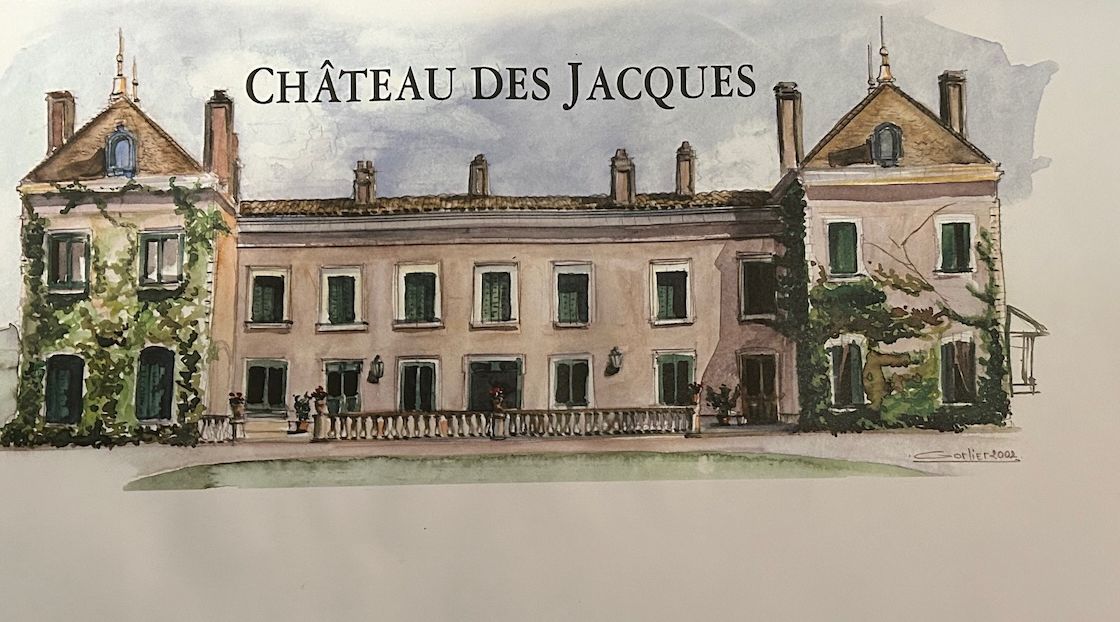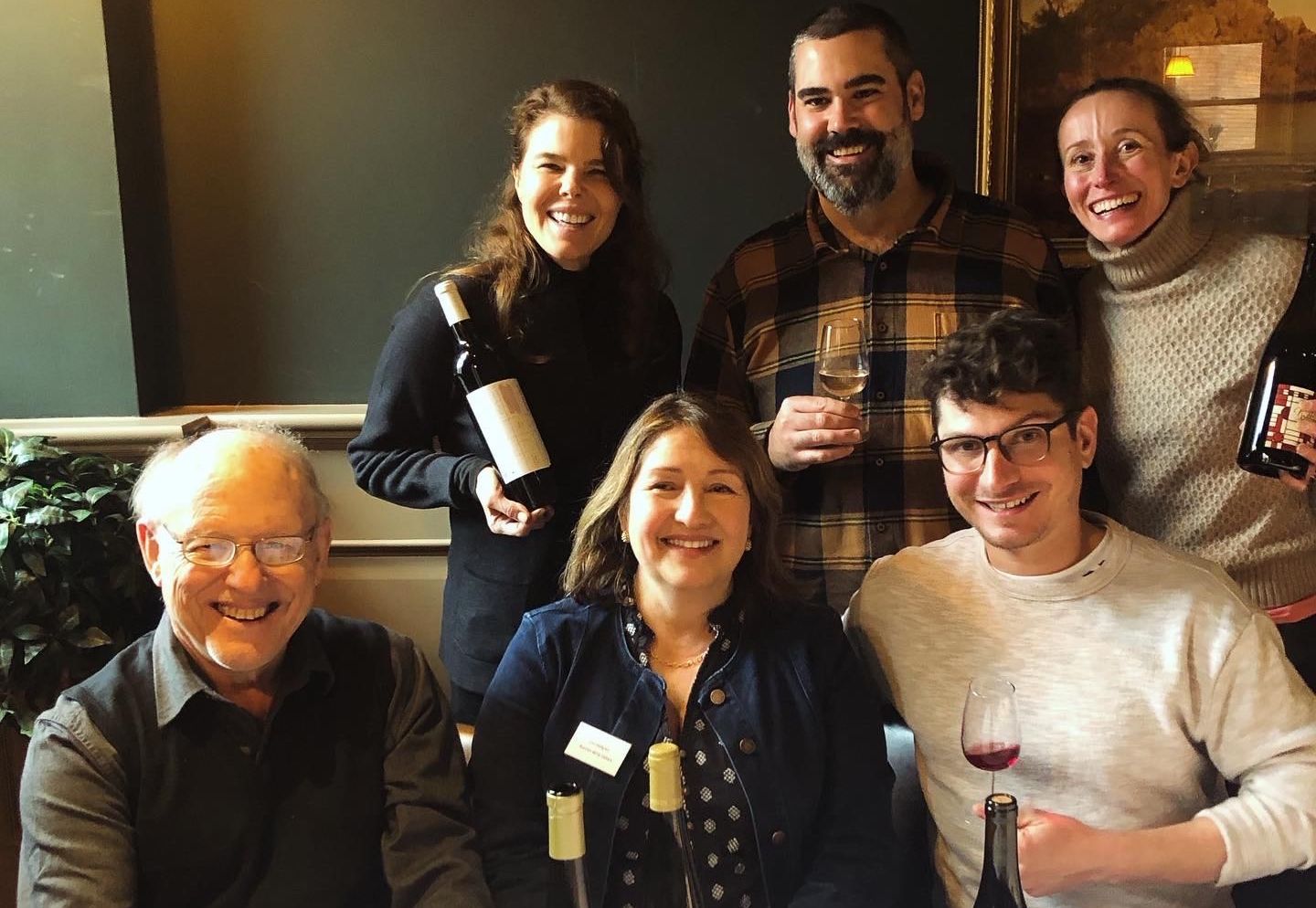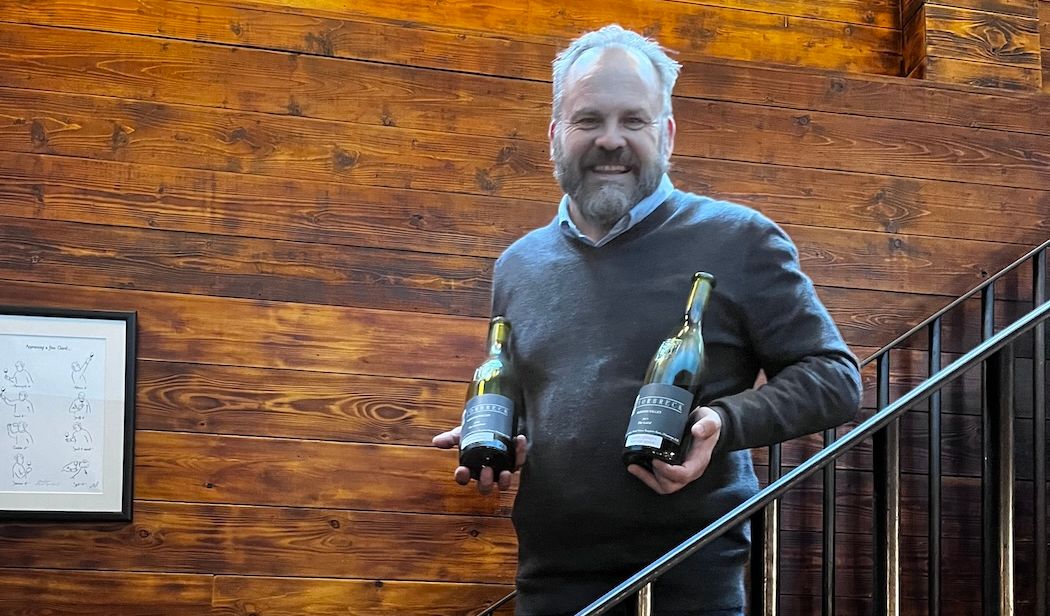Neil’s travels took in Chiesa del Carmine, Palazzone Winery and Assisi.
In search of new wine and something a bit different I headed out to Italy recently. I wasn’t looking at the big players nor the big names but rather I was looking for a delicate ‘small shoot’ of a wine, a wine that will grow with age and experience… a wine that the UK doesn’t yet know about but should.

Umbria sits bang in the middle of Italy, often derided by a supposedly more beautiful neighbour in Tuscany, it has been left alone, untouched and thus authentic. This is a land where the weather is king, the rising of the sun and onset of dusk are the backbone of the rhythm of life here. I went to see if a little bit would rub off on me.
North of Rome in Orvieto I called in on the Palazzone Winery. Generating only 1% of Umbria’s wine output it has long since realised the real joy and rewards of concentrating on quality not quantity. Giovanni Dubini and his glamorous wife manage the 50-acre estate and the 11th century ‘pilgrims rest’ accommodation. They have converted the top floor to a series of rooms and suites that adds to a sense of history and style; the views of gentle hills from the colonnaded windows haven’t changed since the Etruscans started making wine there 2000 years ago.
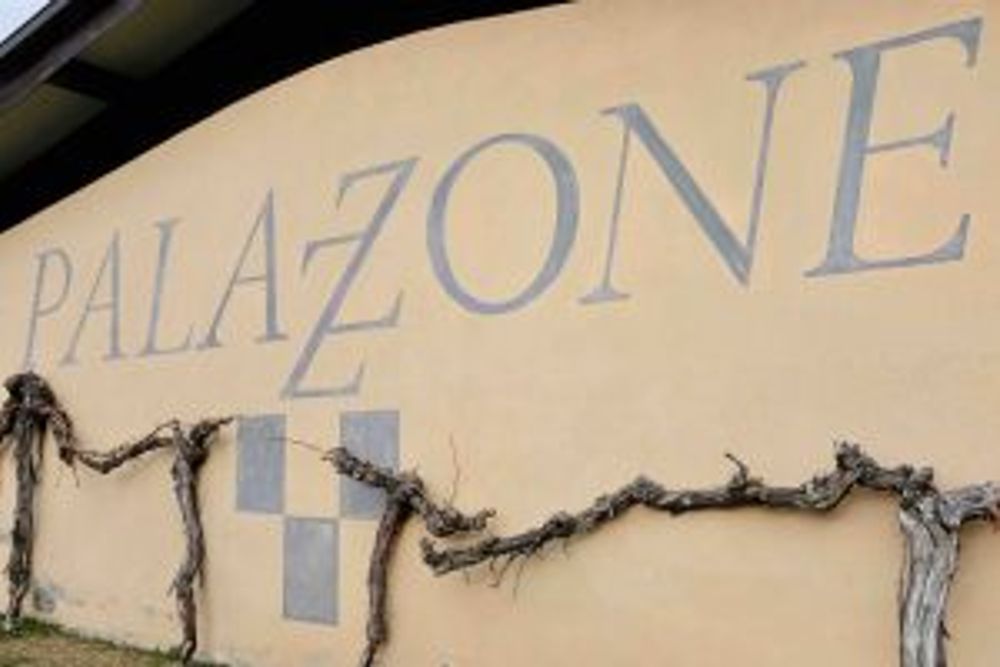
Giovanni produces 120,000 – 145,000 bottles a year and is credited with successfully ageing his white wines in a volcanic cave for two years before release. The cave is a fabulous location for tastings with a large stone table and atmospheric lighting. Giovanni’s oeuvre includes Terre Vineate, an Orvieto Classico Superiore D.O.C. amongst others. The 2016 Viongier I had over a fine lunch in the Pilgrim’s rest was acidic, floral and strong in minerality. Giovanni also produces some splendid reds.
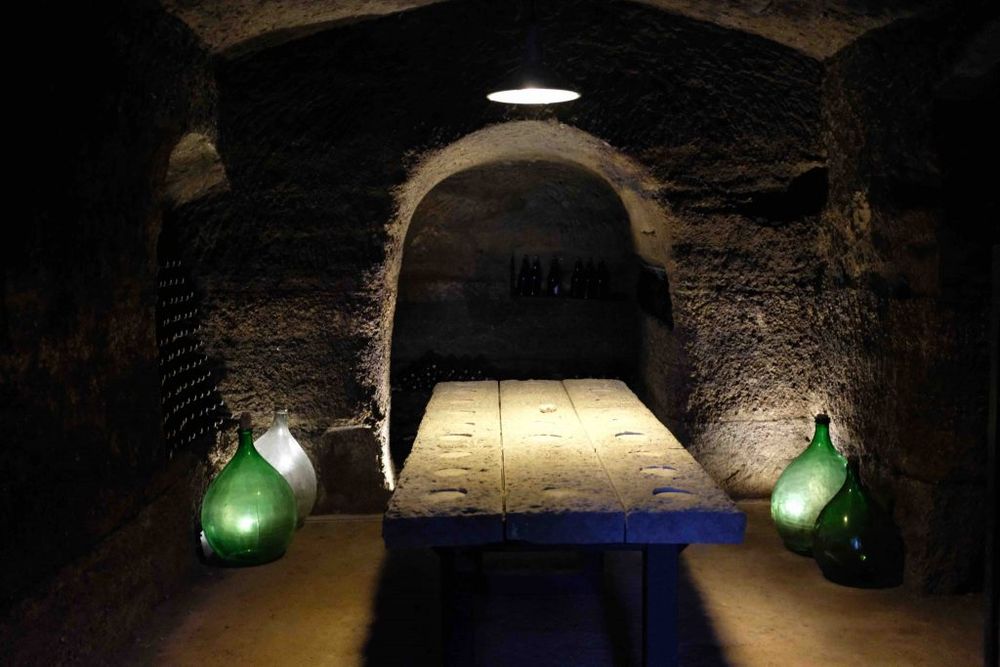
The white wine is cooled in a novel way, with water from the nearby hills pumped into the winery and directed over the large stainless steel vats which then drains away through the floor – simple and much cheaper than refrigeration. The water comes in at a consistent temperature making the whole process easier to control.
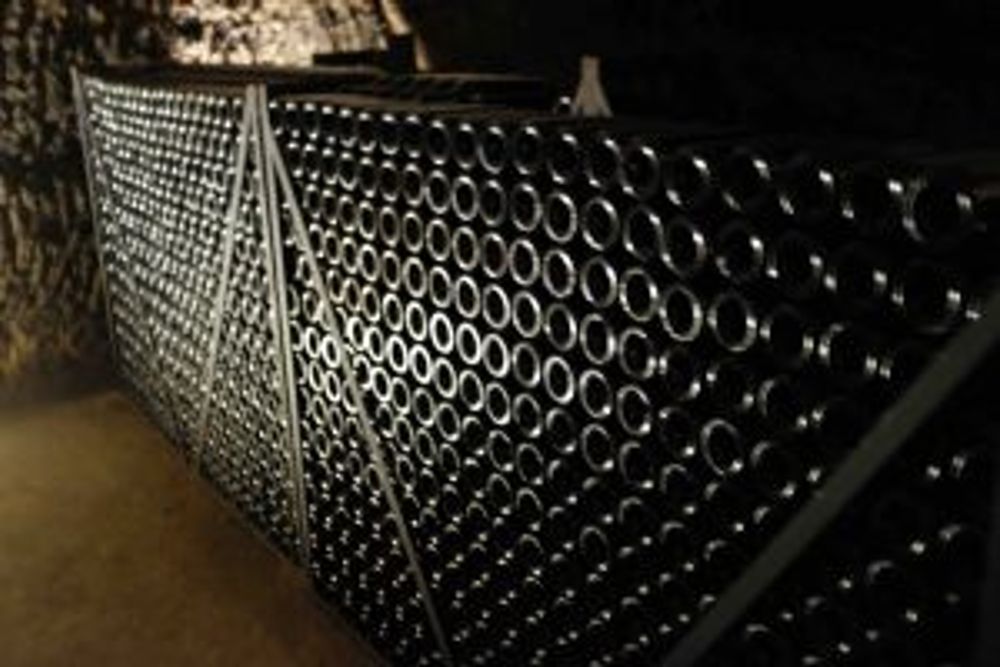
Giovanni also makes wine for my next stop, Chiesa del Carmine, a small estate nestling in a valley just 20 minutes from Assisi and Perugia. Something of a hybrid existence this collection of once-ruined farm buildings is now a hub of high-end accommodation, winery and vineria. They are all looked after by co-estate managers David Land and Chrissie Todd, who moved there 15 years ago and lived the dream by buying a ruined farmhouse. Living without electricity at first they developed their own property and land, which includes a couple of cool buildings to stay in. Zoom forward a few years and people started to appreciate the beauty of their ‘spot’.
A silent partner bought a large portion of the valley and, with David’s help, started to develop the wine business. Further accommodation, including a superb church built in 1270, was added later which fittingly serves as wedding venue and, when not hosting nuptials, becomes the living area for the luxuriously appointed farm building next door which sleeps 14. Of course there is a pool and all the mod cons you’d expect and plenty of space to chill or, rather, bask in the Italian sunshine.
Conveniently on site, nestling in the valley is their very own vineria. Hewn from an old building with stone floors and a lovely wood-fired oven to keep things warm, the vineria is run by the eloquent and charming Mattia Giambattista, a sommelier of some note.
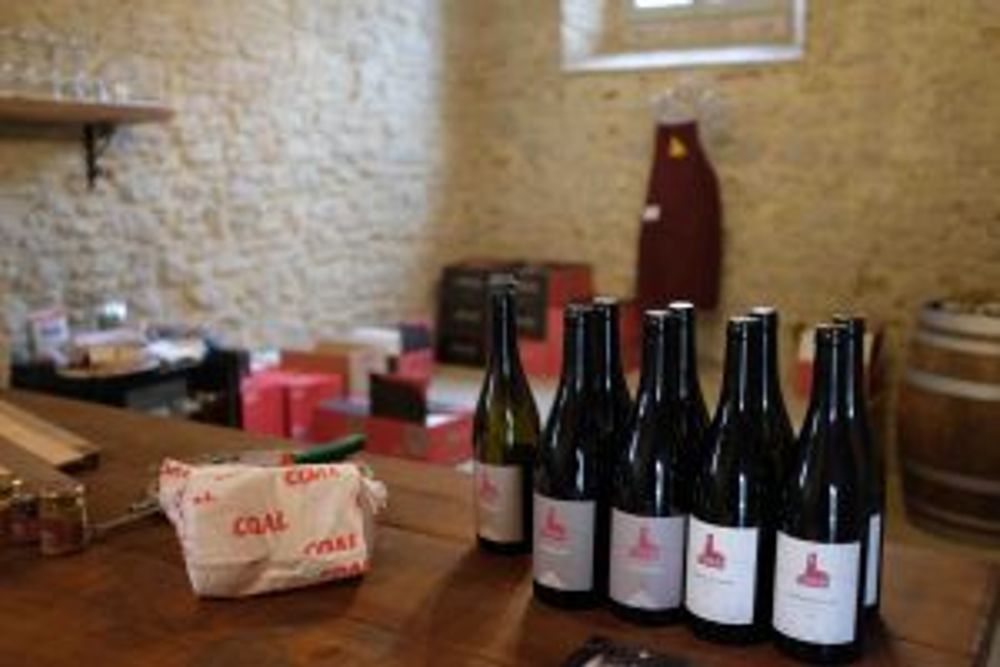
It’s the place to taste their wines alongside some local produce including cheeses and truffles. I can highly recommend their 2017 Trebbiano Spoletino a crisp white wine from a native grape that oozes class – it has high acidity and is fruity with uplifted aromatics, and worked a treat with cheese. All the grape varieties on the estate are grown under organic conditions.
Talking of truffles you can go on an early morning hunt in the local wood. I set off with truffier Massimo and one of his trusty dogs ‘Re’ a young Jack Russell of immeasurable enthusiasm. Trained from a puppy a truffle dog is your best friend. He will sniff out the black gold (white truffles are in the summer), which lay a few inches under the surface of the earth near the roots of trees. Much folklore and mystery surrounds the skills of these two hunters. One rewards one finds, it’s a simple arrangement. Re was given small pieces of prosciutto as a puppy when he found planted truffles.
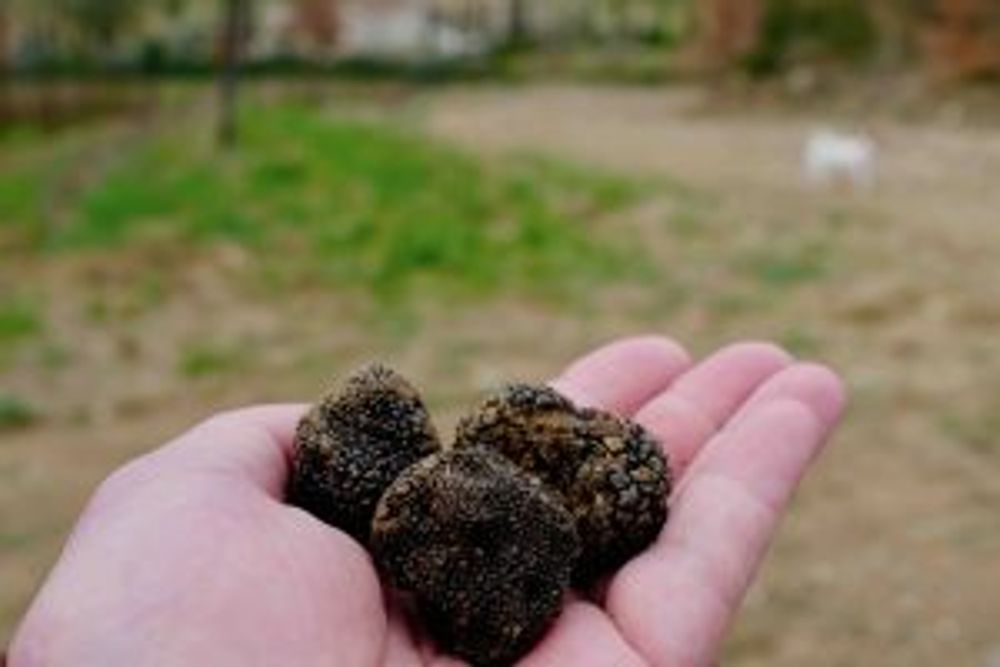
So we set off with a lively dog, who didn’t seem that interested to begin with, and Massimo who is also the local policeman sporting a natty leather bag for ‘the gold’ and a small-tipped digging tool called a rey to unearth the truffles.
We wandered to favourite spots (don’t ask me where they are I can’t remember and Massimo won’t tell you either) but nothing doing. All the time Massimo was whispering in Italian “There must be some, come on, there must be some” to Re. More walking and sniffing and suddenly Re became excited and rigidly fixated on a small area, tail up and nose to the ground. Massimo knew the signs and started digging.
It didn’t take long before we had our first piece of black gold. Ah the smell of that truffle was magical. We (well Re really) went on to find two more, all were as large as a good-sized conkers. We enjoyed them later back at the vineria on bruschetta (perfect after the cold walk) while Re was rewarded with plenty of meaty treats.
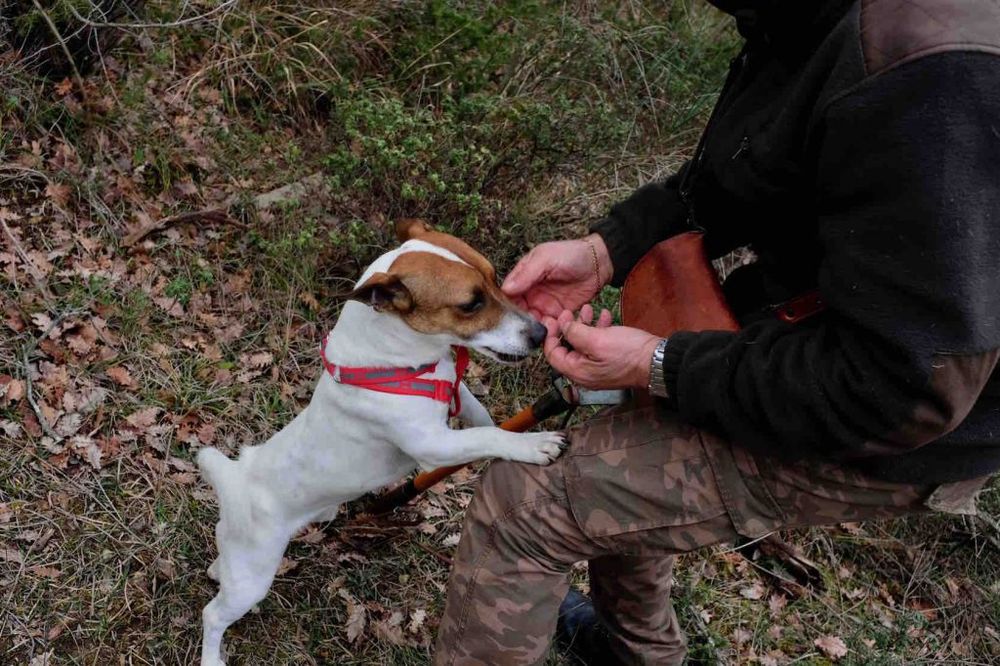
Getting under the skin of Chiesa del Carmine is exactly what the experience is all about. Yes you could just lounge by the pool all day but why not explore your surroundings? They grow olives here and make their own oil. They produce a plethora of truffle products you can take home with you and, of course, the excellent wines. They have a global reach too. Restaurants as far away as Australia are buying wines from these guys; small producers they may be but the quality is there. Some years are already sold out.
It would be wise to broaden your horizons when you visit, as there is a wealth of history in the area. Assisi, the birthplace of St. Francis who founded the Franciscan order in 1208, the home to some important historical churches, is a UNESCO World Heritage site as well as housing unique frescos and other important art by Lorenzetti and Martini.

The picturesque town is perched on a hilltop amid a canopy of green farmers’ fields. The lower and upper churches are quite magnificent.
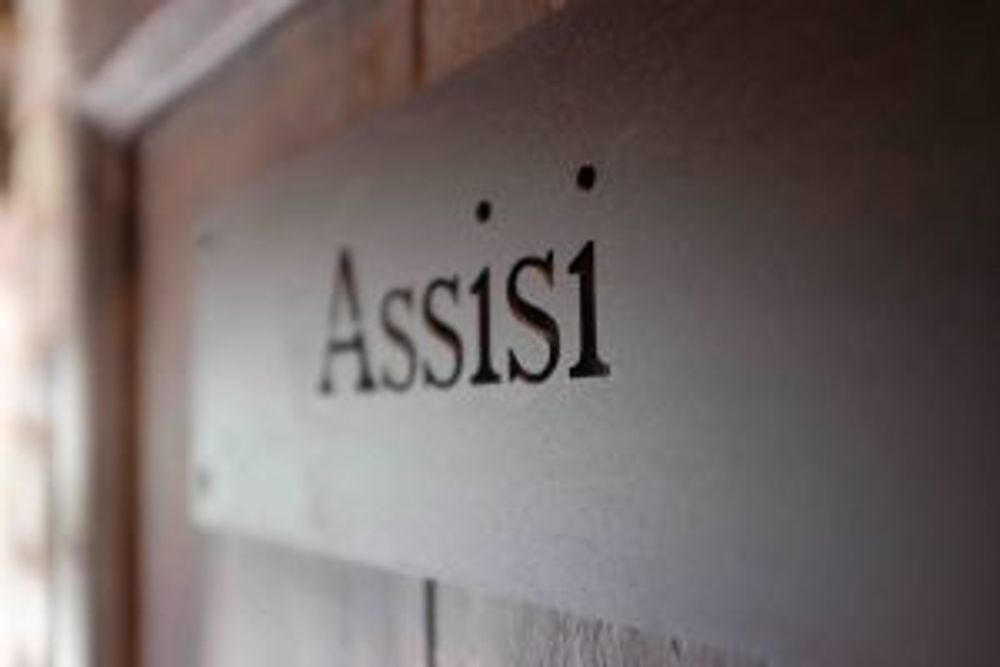
If you are curious about the food of the region you could do no better than hook up with American expat Susan Guerra who has set up Via Del Vino a company running food and wine tours.
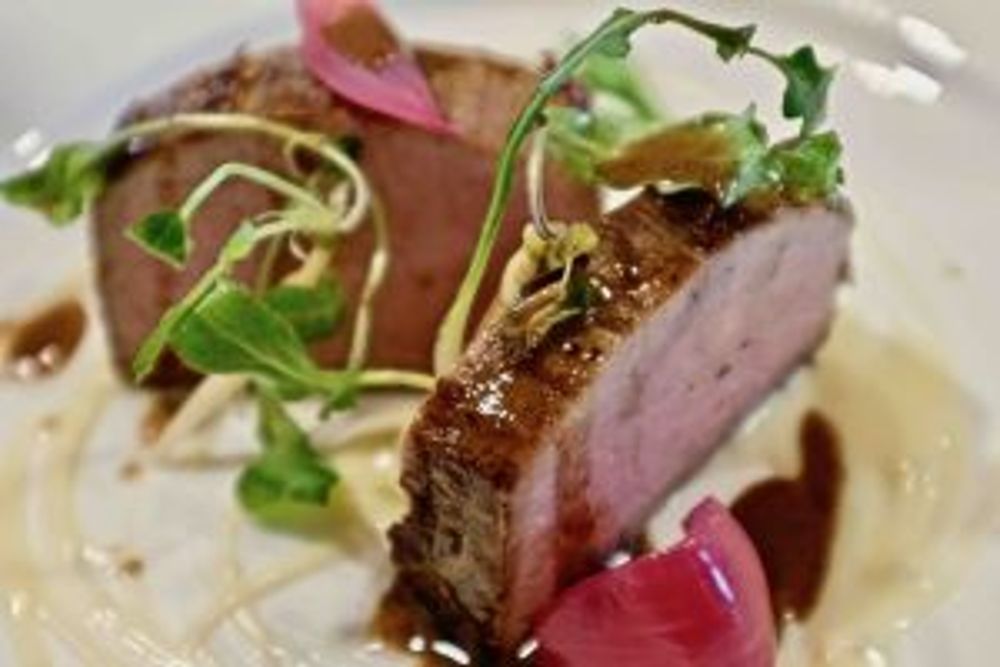
The Taste Perugia food tour takes in the local eateries and specialities of the region. A mine of information, she knows the locals and speaks as well as one herself. Her son also runs a trendy cocktail bar in the town. Her tour takes you to eight eateries ending up at one of the best gelato places I’ve ever tried. Don’t eat a thing before you go!
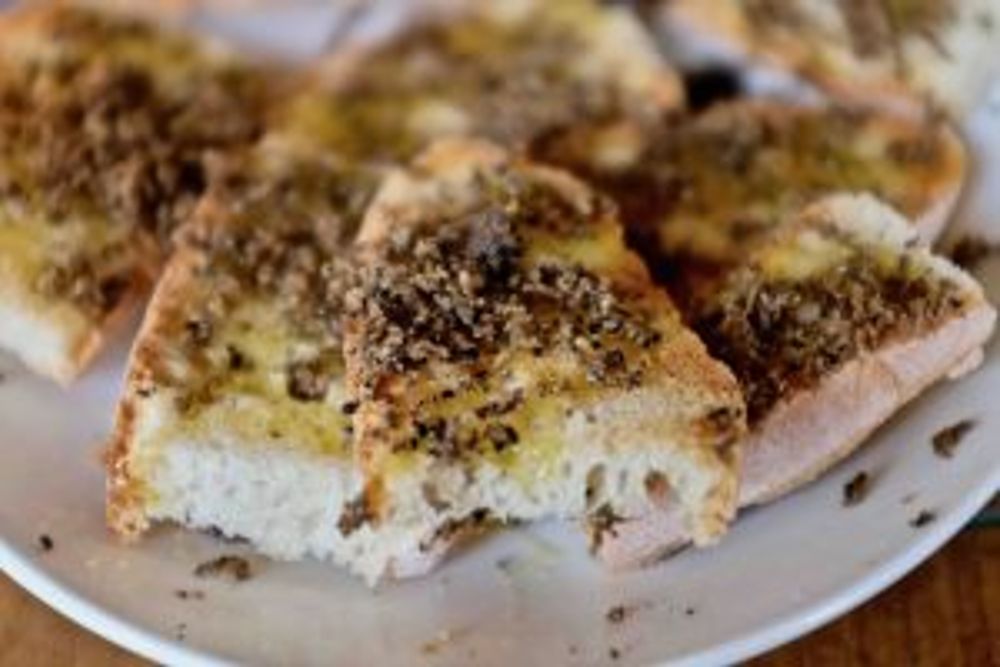
Staying at Chiesa del Carmine is a bit like stepping into another world, a world where the food and wine on the table is made down the road, everything you actually need is nearby and, dare I say it, there isn’t much need for modern technology (don’t worry they have WiFi if you can’t manage).
This is a land that lives by the seasons and harvests, a land that in many ways has more to offer us now than our own hell bent busy lives allow. There’s a heart to this place that bodes well for the wine in years to come they are prepared as all good wine makers are to reach maturity at the right pace. Italy isn’t a sprint it’s more of a marathon (with good food and wine).

